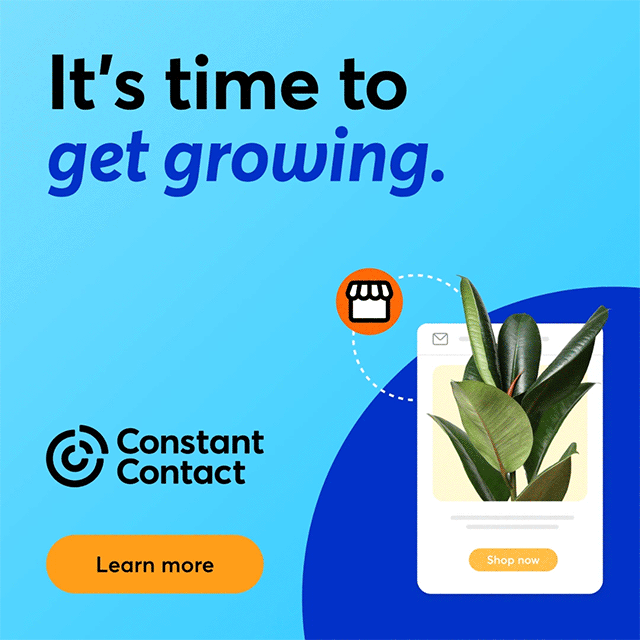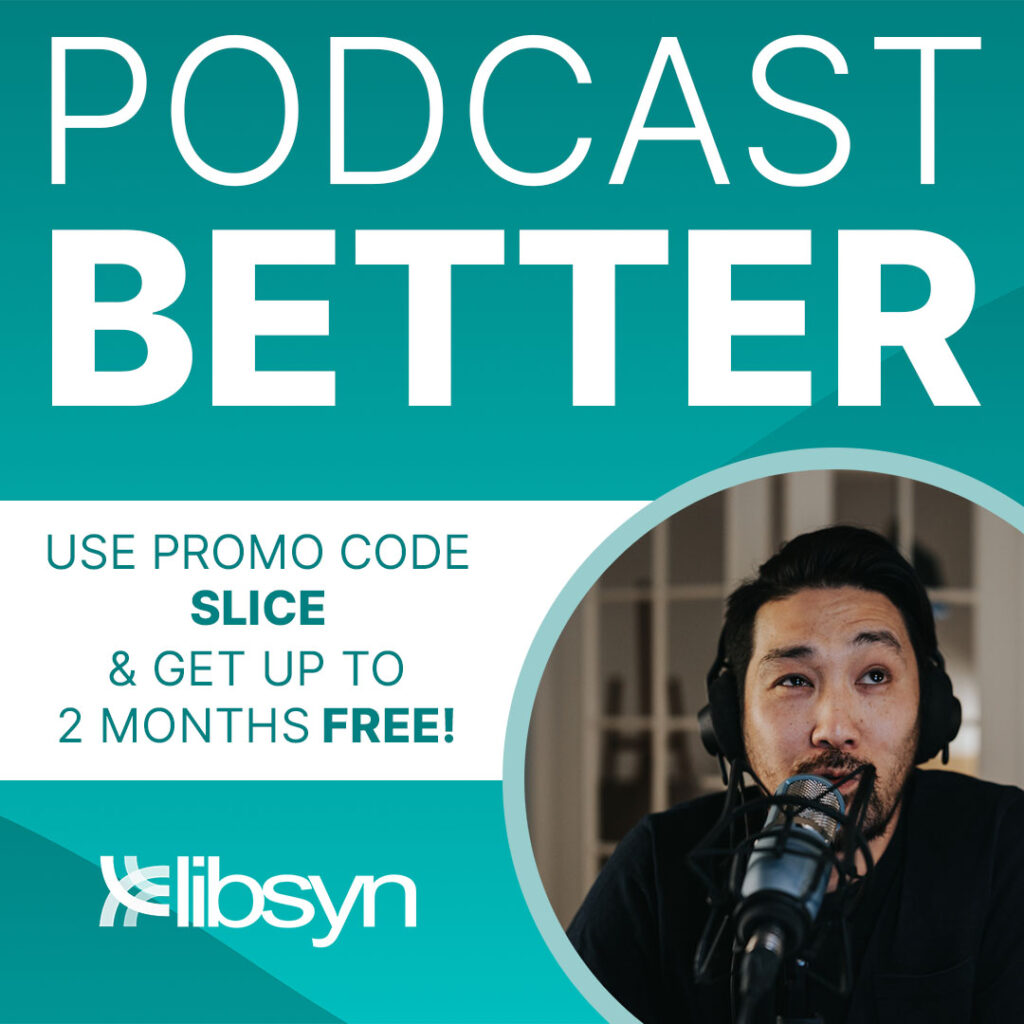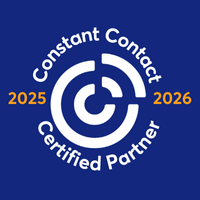Inbound marketing is a marketing tactic small business owners can use to grow revenues. Early on, small businesses owners relied on friendship and club meetings to get to know people in the community and to get people to know them, what they were expert at, and what products or services they provided.
Inbound marketing is the technique of the village. The original mom and pop small business owner wouldn't worry about such harsh things as competition. They just went about their friendly ways. What is strange is the way this natural method of growing a small business has evolved in an age the original small business owner could not imagine.
- According to the U.S. Small Business Administration, there are more than 27 million small businesses in the United States, many of which are mom and pop operations, some static and others growing into much larger businesses.
Inbound Marketing Works
 In fact, it's not the technique of inbound marketing that has changed, it is the nature of the village. The original mom and pop small business owners sat quietly on their stools at their counters or at their desks and the community would give them a call, or drop in at their shops. People knew where to go for what they wanted. Then, suddenly, in the latter part of the 1990s, the village became abstract, silent, and very large. Mom and pop small business owners could present themselves online to people they never meet or see, probe their computer monitors and click on answers, respond to silent inquiries, and set up automated ordering systems. The people of the digital village knew what the business was good at and what it could do for them.
In fact, it's not the technique of inbound marketing that has changed, it is the nature of the village. The original mom and pop small business owners sat quietly on their stools at their counters or at their desks and the community would give them a call, or drop in at their shops. People knew where to go for what they wanted. Then, suddenly, in the latter part of the 1990s, the village became abstract, silent, and very large. Mom and pop small business owners could present themselves online to people they never meet or see, probe their computer monitors and click on answers, respond to silent inquiries, and set up automated ordering systems. The people of the digital village knew what the business was good at and what it could do for them.
This mutual blindness within the digital village is an advantage for the mom and pop small business. Unless the owners of the small business themselves reveal the fact, nobody knows they are operating a small business.
- The blindness of the digital village takes away some of the disadvantage of being a small business.
- Playing their cards right, the small business can look like a big business and compete in the big business universe.
Statistics suggest mom and pop businesses recognize the usefulness of this digital camouflage. Inbound marketing uses a “permission-based” approach, reaching people organically through blogs and social media, building search engine optimization by delivering quality useful content, becoming part of a community, just as they did in the old days before the internet.
- The proprietors of mom and pop businesses are finding that inbound marketing delivers more than half-again (154 percent) as many leads as traditional advertising and marketing.
Mom and pop small business owners, in many cases, have the advantage of being very familiar with their customers. Mom and pop businesses have had a long tradition of meeting customers face-to-face and developing an intimacy that larger businesses can not afford.
- Inbound, permission-based marketing is what mom and pop small businesses have always stood for.
- They know who their ideal customer is, understand their needs, wants and interests.
The State Of Inbound 2017
Mom and pop small businesses have a tradition of winning business by personal reputation, being available for servicing, and being flexible about the terms of business. Social media is a natural evolutionary step for them. They have a history of being face-to-face.
- Using photographs that personalize social media sites is a natural for them.
- A personal presence through photographs and short videos is most natural for the kind of business that has always been face-to-face, family to family.
- Content with visuals gets 94 percent more total views.
- Recent predictions are that photos and videos will soon account for 70 percent of Facebook content.
- Potential customers, just like mom and pop small businesses, want face-to-face contact.
Mom and pop small businesses have been the places we went to buy things of value. They know how to take away the reluctance of prospective customers by nurturing contacts, making the sale natural and safe.
- The most effective small business websites ask for commitments by calling for action.
- Like a visit to a linked site.
- Agreeing to watch a video to support a product.
- Filling out a contact-me form to bring the prospect into the family of customers.
The Friedman Group, LLC says, “socialize with us,” asking you to join our social communities and learn more about the benefits of inbound and social media marketing. Please contact us to learn more.
And, if you want to see where we got many of the statistics mentioned in this post, or you want to learn more about the state of inbound marketing today, download our free eBook by clicking below.









